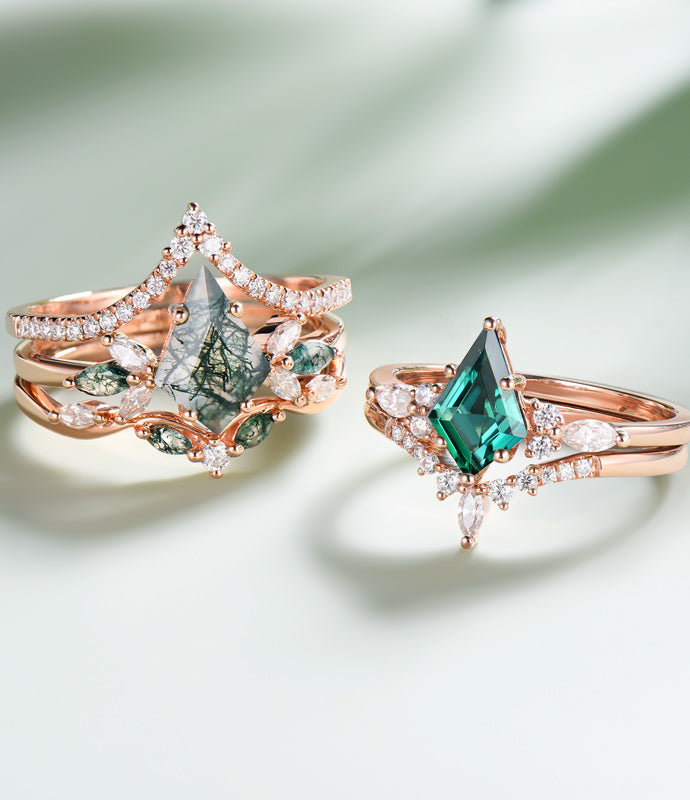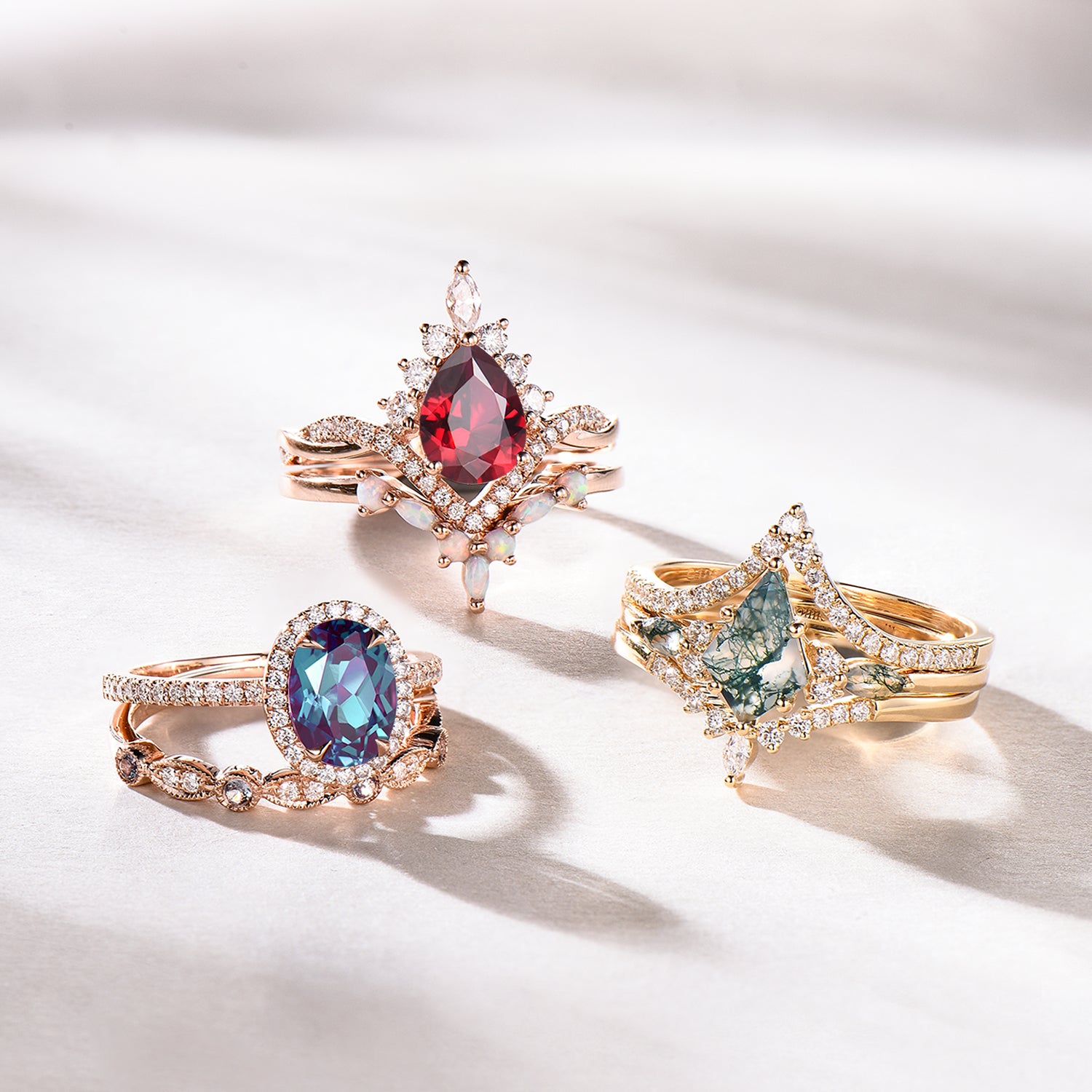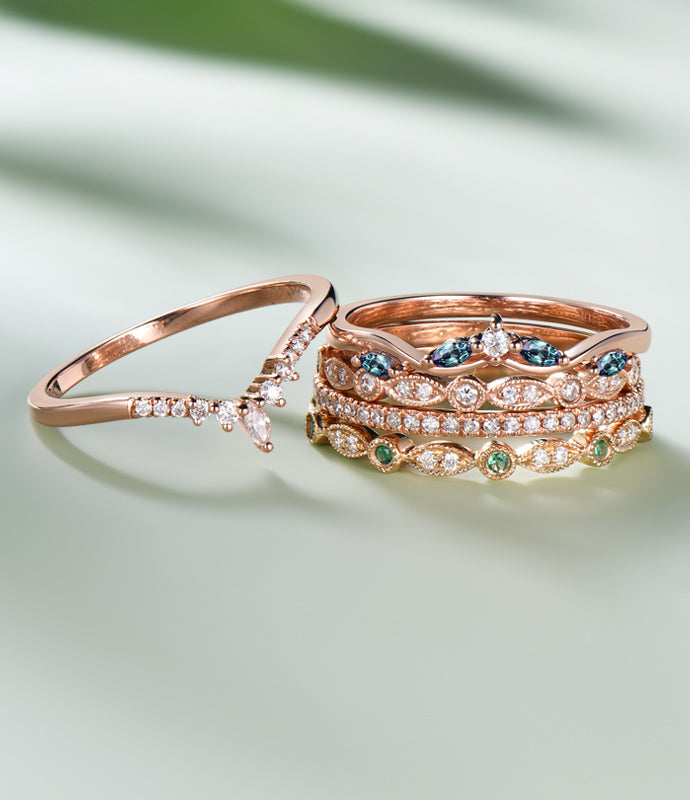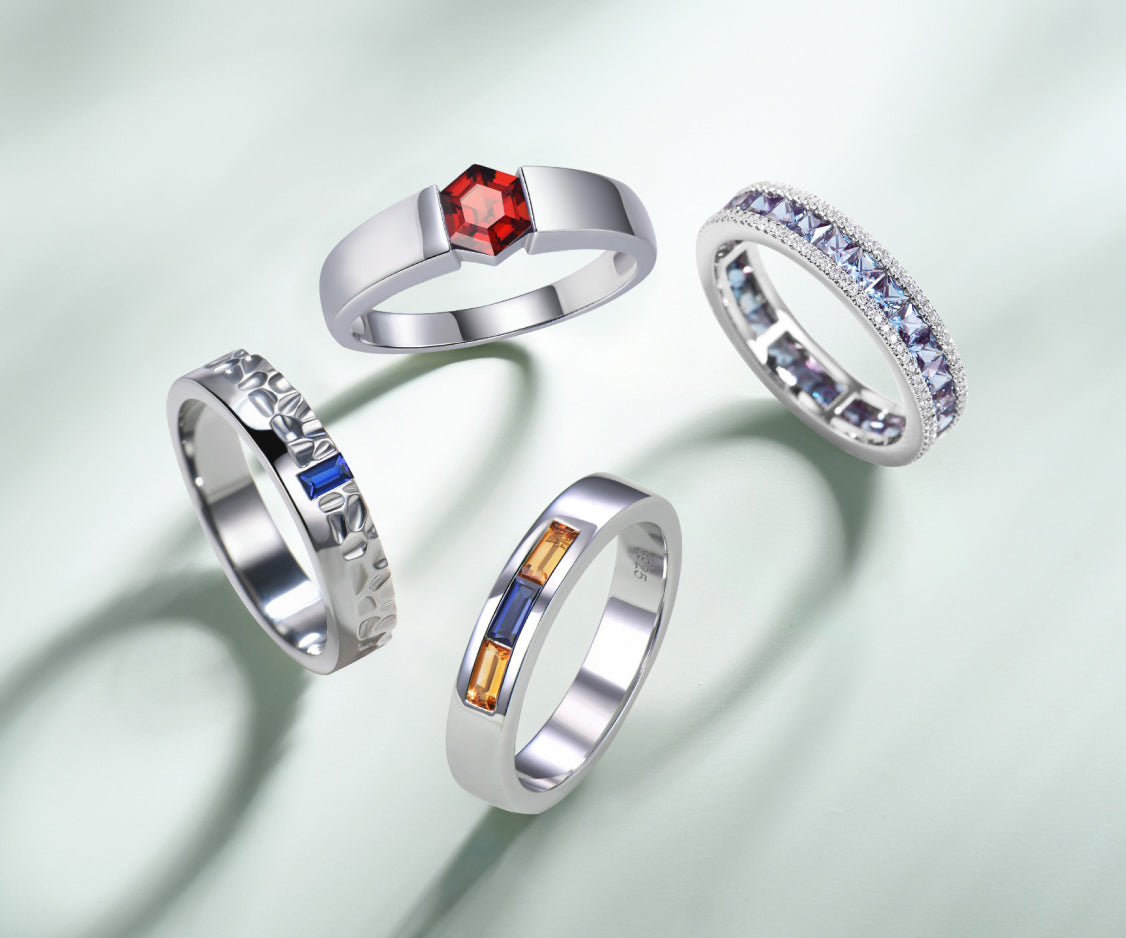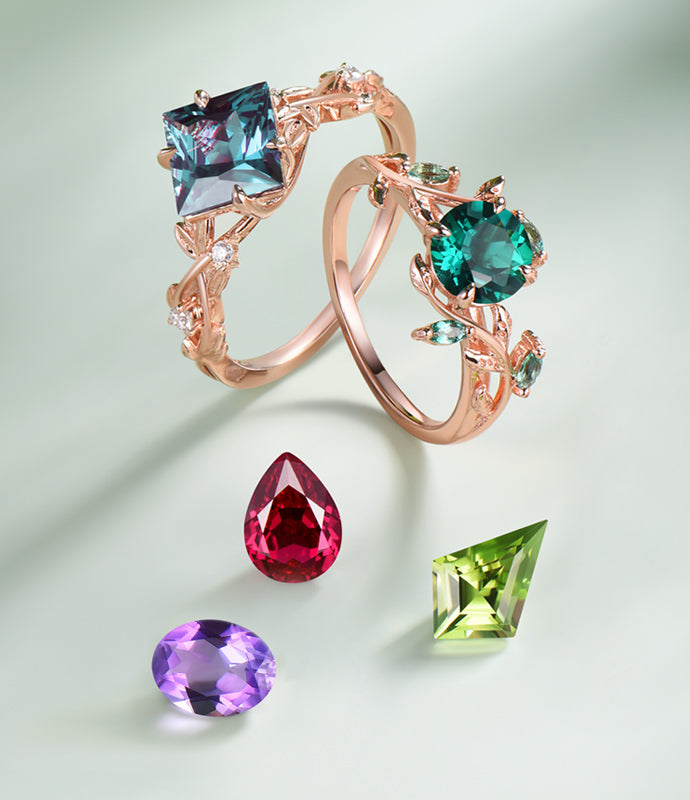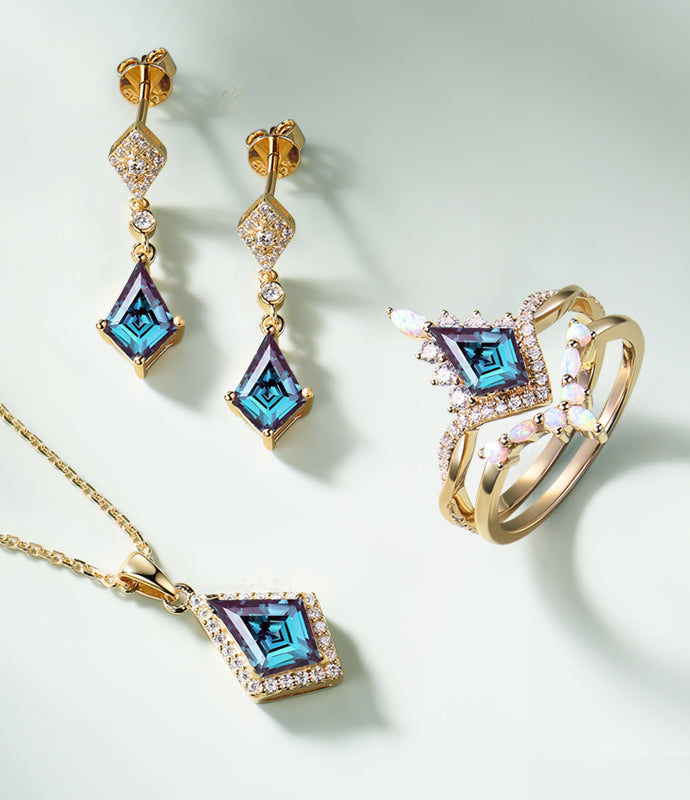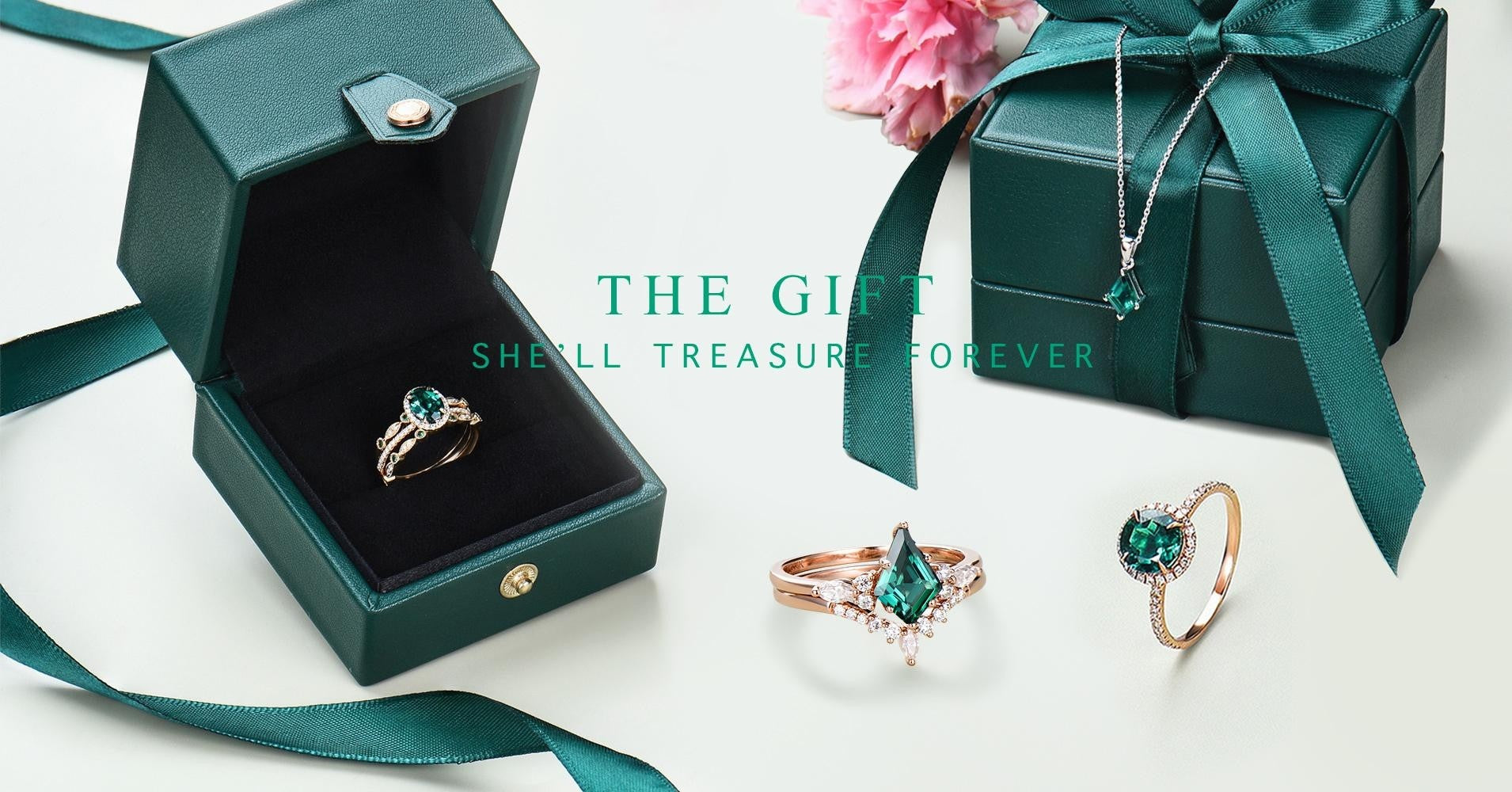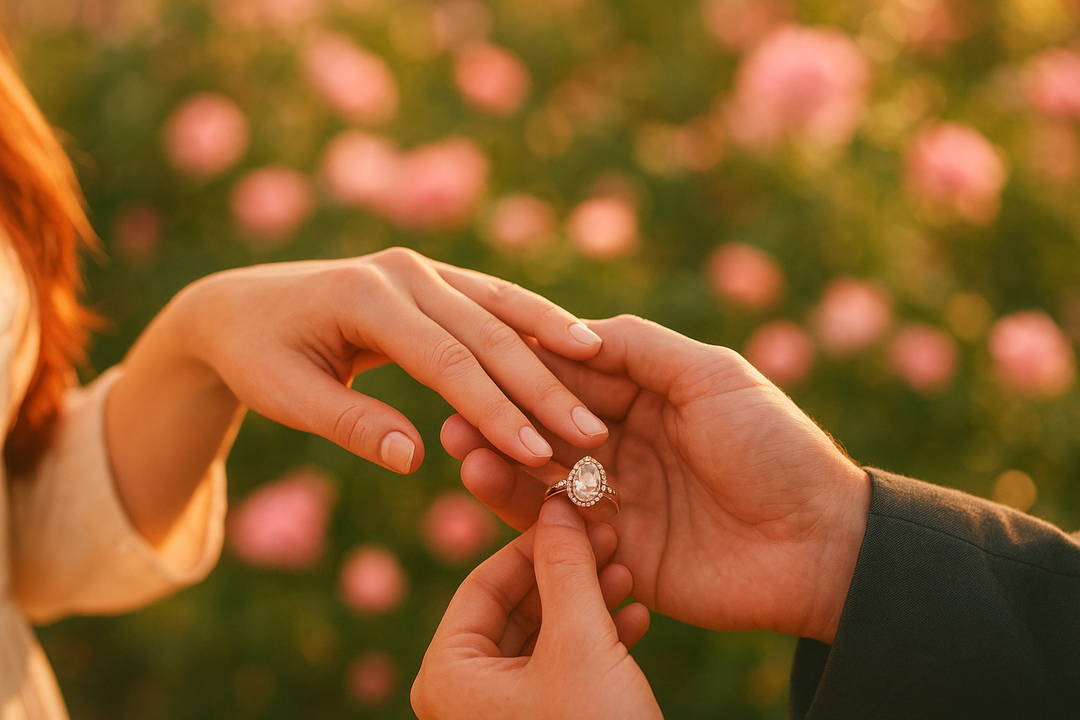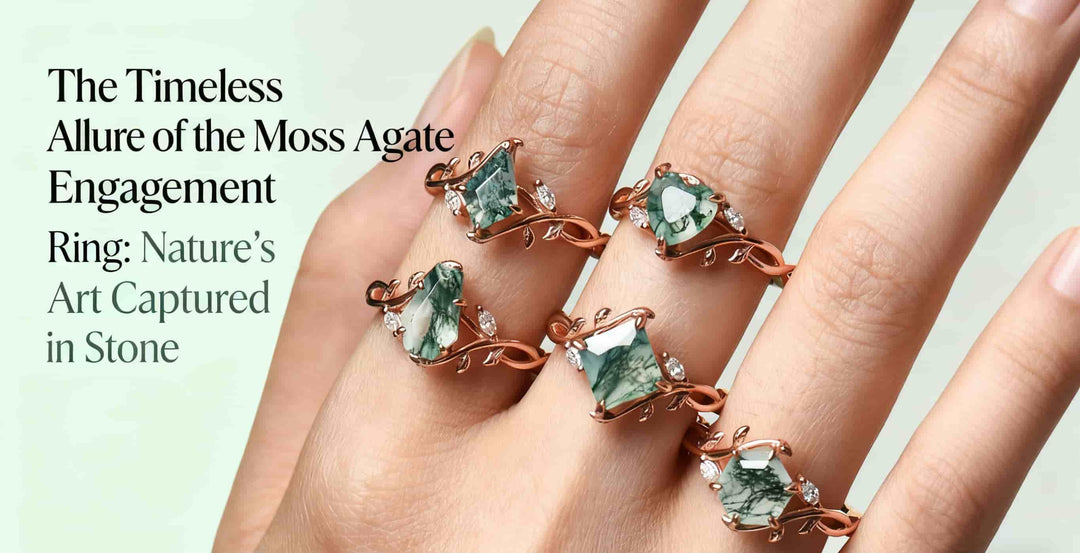A Gemstone of Legend and Beauty
Emerald gemstones have captivated humanity for centuries with their mesmerizing green hues and unparalleled beauty. From emerald jewelry to engagement rings, these precious stones continue to be cherished by individuals seeking elegance and sophistication.
Emeralds derive their name from the Greek word "smaragdus," meaning green gemstone. These magnificent gemstones are a variety of the mineral beryl and owe their striking green color to traces of chromium and vanadium. Historically, emerald mines were primarily located in Egypt, with Cleopatra famously adorning herself with emerald jewelry. Today, significant sources of emeralds include Colombia, Brazil, Zambia, and Zimbabwe.
Emerald Cut Emerald Engagement Ring View Product
Natural emeralds are formed over millions of years deep within the Earth's crust, resulting in their rarity and high value. On the other hand, artificial emeralds, also known as synthetic or lab-grown emeralds, are created in laboratories using various processes. While synthetic emeralds possess similar physical and chemical properties to natural emeralds, their value differs significantly due to their abundance. It is crucial to understand the distinction between the two when considering purchasing emerald jewelry.
2pcs Vintage Emerald Bridal Set View Product
Emeralds have long been associated with royalty and opulence, signifying love, prosperity, and renewal. The value of an emerald is determined by factors such as color, clarity, carat weight, and cut. Deep, vibrant green emeralds with minimal inclusions are the most valuable. Emeralds are frequently crafted into exquisite jewelry pieces, including emerald engagement rings, necklaces, earrings, and bracelets. They add a touch of elegance to any ensemble and are cherished heirlooms that can be passed down through generations.
Oval Cut Vintage Emerald Ring View Product
To accurately assess the quality and value of emeralds, gemologists employ a grading system that takes into account various factors. In this section, we will delve into the key elements used in grading emeralds, shedding light on their color, clarity, cut, and carat weight.
Color:
The color of an emerald is its most defining characteristic. The finest emeralds possess a vivid and saturated green hue without being too dark or too light. Gemologists consider the presence of chromium and vanadium as the key factors in creating the perfect green color. Additionally, the tone and saturation of the color influence the overall beauty and value of the stone. Emeralds with a rich, intense green color command higher prices.
Clarity:
Unlike other gemstones, emeralds often contain inclusions, known as "jardin" (French for garden), which are natural internal fractures, crystals, or other minerals within the stone. These inclusions are formed during the emerald's growth process and are regarded as unique and identifying features. However, excessive inclusions can affect the stone's durability and transparency. The clarity grade of an emerald assesses the visibility and impact of these inclusions on the gem's overall appearance.
Cut:
The cut of an emerald refers to its shape and faceting style. While the cut does not directly affect the stone's color or clarity, it plays a crucial role in enhancing its beauty and maximizing its brilliance. The most common cuts for emeralds include step cuts, such as the emerald cut and the baguette cut, which showcase the gem's color and allow light to reflect beautifully within the stone. A well-proportioned and symmetrical cut is highly desirable, as it ensures the best possible display of the emerald's natural beauty.
Carat Weight:
Carat weight is the measurement of an emerald's size. One carat is equivalent to 200 milligrams. Larger emeralds are rarer and more valuable, especially when combined with exceptional color, clarity, and cut. However, it's important to note that the carat weight alone does not determine the value of an emerald. Factors like color and clarity are equally significant in evaluating an emerald's worth.
Grading Systems:
There are various grading systems used to assess emeralds, including those established by gemological laboratories such as the Gemological Institute of America (GIA) and the International Gemological Institute (IGI). These grading systems consider the aforementioned factors—color, clarity, cut, and carat weight—and assign grades or descriptors to emeralds, providing a standardized framework for evaluating their quality.
Vintage Princess Cut Emerald Ring View Product
Maintenance of Emerald Jewelry:
To keep your emerald jewelry radiant and vibrant, proper care and maintenance are essential. Avoid exposing emeralds to harsh chemicals, high heat, and extreme temperature fluctuations, as they can damage the gemstone. Clean your emerald jewelry using mild soapy water and a soft brush, gently scrubbing to remove any dirt or debris. Store your emerald pieces separately in a fabric-lined jewelry box to prevent scratches and avoid contact with other gemstones.

Pear Emerald Engagement Ring Set View Product
Emerald gemstones have an enchanting allure that has captivated jewelry enthusiasts for centuries. Their rich history, natural beauty, and symbolic significance make them a cherished choice for a variety of jewelry, including engagement rings. By understanding the source and history of emeralds, the differences between natural and artificial varieties, and the value and uses of these gemstones, you can appreciate their uniqueness and make informed choices when acquiring emerald jewelry.
Remember to care for your emerald pieces diligently to ensure their timeless beauty lasts a lifetime.




